Last Updated on November 14, 2023
When you cook pasta, the starch it contains can cause a clog in your drain. Nobody wants to deal with a clogged drain, but it’s inevitable that, at some point in time, your sink will become backed up. If you’ve ever had to clean pasta out of a clogged drain, then you know how frustrating and disgusting the process can be.
Not only is it difficult to get the gunk out, but you also have to worry about bacteria and mold growth. “How Do You Clean Pasta Out of Clogged Drain” is a simple and comprehensive guide that will show you how to easily clear your drain without any hassle.
How Do You Clean Pasta Out of Clogged Drain: Solution Methods

There is a possibility for pasta to get clogged in kitchen drains even in the most perfect of kitchens. This is scenario of drain getting clogged is particularly true in busy kitchens. It is common for clogs to form on the drains of kitchen sinks due to the accumulation of grime, grease, and pasta inside the pipes.
In cases where water seems to continue to pile up in the sink, and there is no clear indication of how it is contributing to resulting in the stoppage, it may be due to a clog in the sink that is below the drain. It is fortunate that there are a few methods that can be used to effectively dissolve an existing pasta clog out away from the kitchen sink in a natural and safe manner.
Using Baking Soda and Vinegar
When it comes to smaller clogs in the kitchen caused while washing your pasta dishes, mixing vinegar and baking soda in a solution is a handy trick that can break down, help you dissolve the organic products, and prevent you from running into bigger issues.
Many people will recommend using a solution consisting of one cup of fresh baking soda to be poured down the drain. This will be followed by a cup of plain white vinegar. You should cover any sinkhole you wish to fill with rubber stoppers or plates and let the mixture work for a period of about 15 minutes before attempting to fill it again.
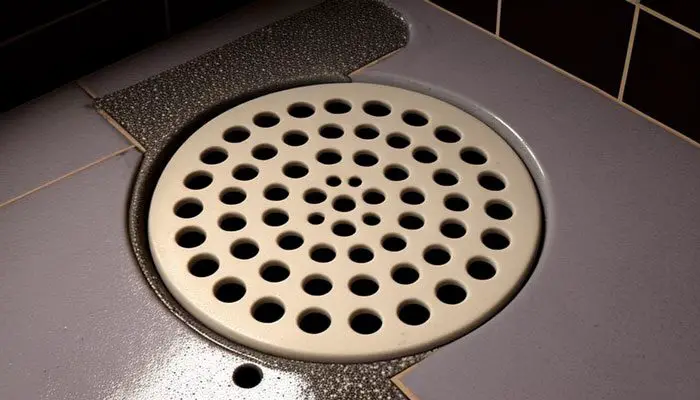
Baking soda and vinegar have many benefits and are good to use as a solution for unclogging the pasta clog formed in your kitchen sinks, as vinegar and baking soda are not only good for unclogging kitchen sinks, but they can be used to clean the drain as well as the bottom of the sink as well.
Take off the cover over the drain and fill up the sink with hot water so that it runs down the drain for a few minutes. There should be no further problems with minor kitchen sink clogs when you follow these steps.
Getting Rid of Stuck Pasta from Kitchen Clogs
Any clogs resulting from the obstruction of the pipes, which are situated on top of the sink and trash disposal system, may be removed by hand since they are located on top of the pipes. A wet and dry suction cleaning machine would work well to help remove and clean up clogs or blockages, damaging the garbage grinder or jamming the garbage disposal.
Assuming that your kitchen sink is equipped with a garbage disposal unit, ensure that the unit has been unplugged or turned off. If possible, you should be able to reach down into the sink in order to clear out the drained pastas and get rid of the entire amount of the kitchen clog as quickly as possible to the best of your ability by hand.

Protect your fingers so they will be protected when working with mechanical parts and the blades when you are working on removing pasta. You should make use of gloves to protect your fingers around the rims and the sides of the sinkhole to thoroughly remove as much of the clog as possible.
To use a dry vacuum that can be used both wet and dry, follow the instructions and place it close to the sink so that it can easily pick drained pasta up from the sink. If the hose is not already connected to the drain, place the end of the hose over the drain and seal the end of the hose tightly by wrapping the end of the hose around the drain end.
It is recommended that, if you have a double sink, you should close up the gap on the opposite side of the sink by using a rubber stopper in order for you to maintain a good level of suction. The clog will be dislodged by starting the vacuum and turning it on. There is a possibility that it will not take long, so you should not allow the wet dry vacuum to remain untouched for a long period of time during the drying process.
What Breaks Down Pasta in a Drain?
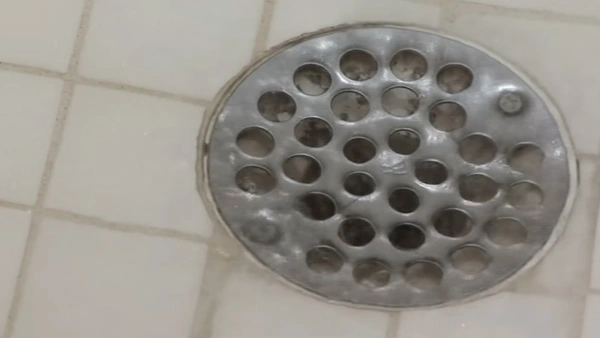
One of the most common causes of pasta clogging drains is grease. When hot, greasy water runs down the drain, it can cause the pasta to stick together and form a clog. This can be particularly troublesome if you’re using a garbage disposal, as the blades can’t break down the pasta as easily as they can other food items.
To help prevent clogged drains, try to avoid pouring grease or cooking oil down the drain. Instead, wait until the grease has cooled and then dispose of it in the trashcan. Other common items that can cause clogged drains include hair, soap scum, and food particles.
To help keep your drain flowing freely, be sure to use a drain cover or strainer to catch these items before they have a chance to go down the drain. You should also regularly clean your drains with a mild cleanser to remove any build up that might be causing problems. If you have any concerns about clogged drains, be sure to contact a professional plumber for help.
Why Must You Not Drain Pasta in the Sink?
There are several reasons why draining pasta in the sink can be a huge mistake. Draining pasta down the sink can easily cause clogs and overflows. It’s important to use a colander to drain your pasta and then dispose of the water in the trashcan. When pasta is drained in the sink, the starchy water can quickly build up and cause a blockage.
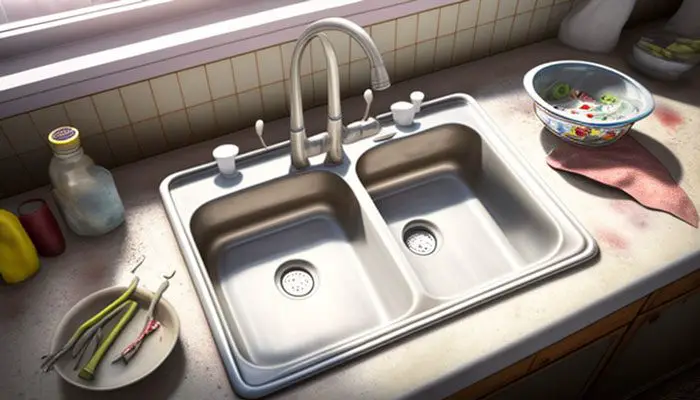
It is important to remember that cross contamination is a serious concern when a sink is used to drain pasta. If you are not using a clean colander, bacteria from the pasta can easily contaminate your sink. Draining pasta in the sink wastes water that could be used for other purposes.
When you dispose of the starchy water in the trashcan, you are essentially throwing away good water that could be used to wash dishes or water plants. Next time you are making pasta, be sure to use a colander and drain it in the sink. Discarding pasta after it has been drained is a huge mistake that can easily be avoided.
Bleach Down Your Sink to Remove Pasta: Why?
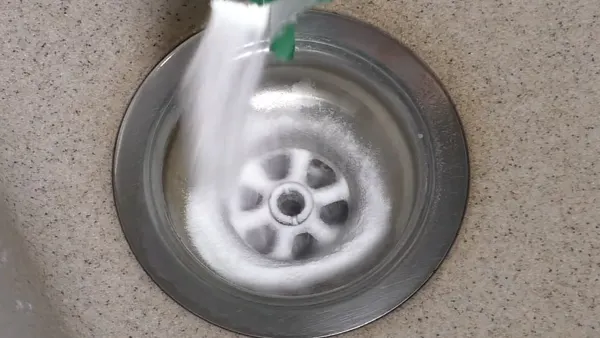
There are a few reasons why you might want to pour bleach down your sink to remove pasta. One reason is that bleach can help to get rid of bad smells caused by clogged pasta. It can also help to stop the spread of bacteria and germs and help to keep your sink looking clean and shiny. If you have experienced any of these issues, then pouring bleach down your sink could be a good solution.
Just be sure to use the correct amount of bleach and follow the instructions. Doing so will help to ensure that you get the best results and that your sink remains in good condition.
Another reason why bleach should be poured down the drain as it can be very helpful in preventing you from a clogged drain. Pour a small amount of bleach into the drain and then let it sit for a few minutes. This will help to break up any grease or grime that might be causing a clog. Hot water should be flushed down the drain to remove the bleach and any debris that might have been loosened.
Preventing pasta clogs is important because they can cause a lot of problems. They can make it difficult to use your sink and can even lead to water damage. By pouring bleach down your drain on a regular basis, you can help to prevent these problems before they start.
Will Bleach Remove Waste Materials in Drains?
Yes, bleach can be effectively used to remove waste materials from drains. It is important to make sure that you dilute the bleach with water before pouring it down the drain. Overuse of bleach can be harmful. You can also use a plunger to help push the waste material out of the drain.
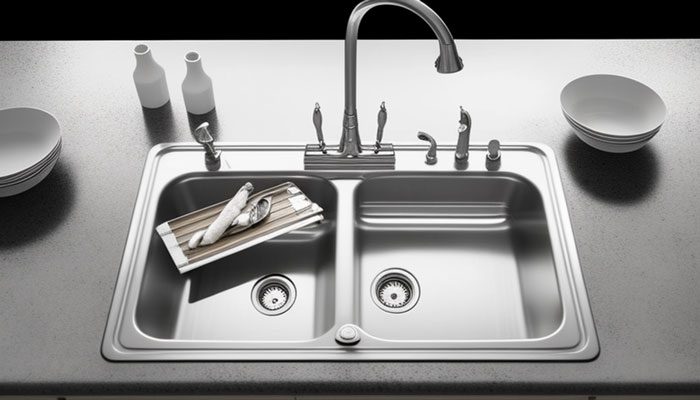
If you have a clogged drain, you can use bleach to remove the clog. Pour a cup of bleach down the drain. After that, wait a few minutes and flush the drain with hot water. Repeat this process if necessary. You should never pour undiluted bleach down a drain. This can damage your pipes and create harmful fumes.
Always dilute bleach with water before using it to clean the drains. Now that you know how to use bleach for drain cleaning, you can keep your drains clean and free of clogs.
Salt and Boiling Water Unclog Drains: Why and How?
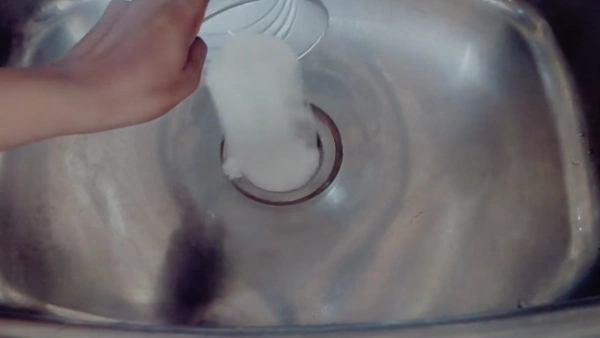
Salt is a natural mineral, and it is also an effective degreaser. Salt and boiling water can be used to unclog drains. The combination of the two ingredients is very effective at breaking down grease while also helping to eliminate any odors.
If your drain is clogged, boiling water and salt can be a simple and effective way to unclog it. When the water boils, it becomes very hot. This heat can help to break up the clog and allow the water to flow through the drain again. Adding salt to boiling water and pouring it down the drain, the salt mixture dissolves the grease and particles that are clogging the drain.
When you add salt and boiling water to the drain, it dissolves the fatty acids that have built up over time and makes it easier to remove. This solution helps to kill any bacteria that may be causing the clog and also helps to sanitize the area around the drain.
Besides the above-mentioned reasons, there are many more reasons why boiling water and salt unclog drains. This method is safe for all types of drains, including pipes and septic tanks. So, if you are dealing with a clogged drain, give this method a try you might be surprised at how well it works.
What Happens When Food like Pasta Goes Down the Drain?
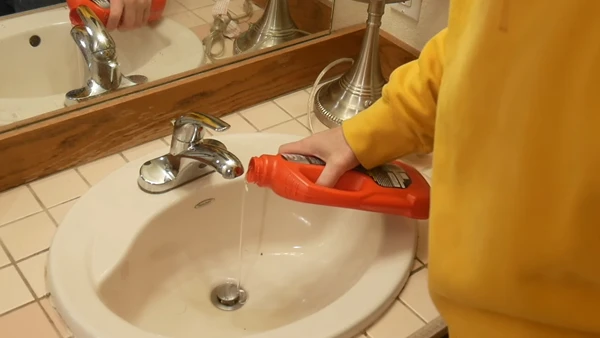
The water in the sink takes the food down the drain. The water goes to a place where it can clean everything. There are different types of food that go down the drain. There are noodles, pasta, grease, fats, and oils. These types of food can clog the pipes. The water can not clean these types of food.
The grease, fats, and oils can combine with drained pasta and build up in the pipes. This can cause the pipes to form a crack. The water can also take away small pieces of food. These pieces of food can go into the sewage system. A sewage system is a place where the water goes to be treated.
The water can not clean the small pieces of pasta as the pieces of pasta are small enough to be thrown away can clog the pipes in the sewage system. This can cause the sewage system to overflow. When this happens, it can cause a lot of pollution. It can also cause diseases.
What Should You Never Put Down the Drain?
You should never put certain things down the drain because they can cause clogs. These items include pasta, noodles, cooking oil, bacon grease, fat, oils, dairy products, eggshells, coffee grounds, tea leaves, food waste, and other items that can cause clogs. Never pour chemicals down the drain, as they can cause harm to both you and the environment. Avoid using hot water to flush things down the drain, as it can melt pipes and lead to leaks.
Relevant Article To Read:

